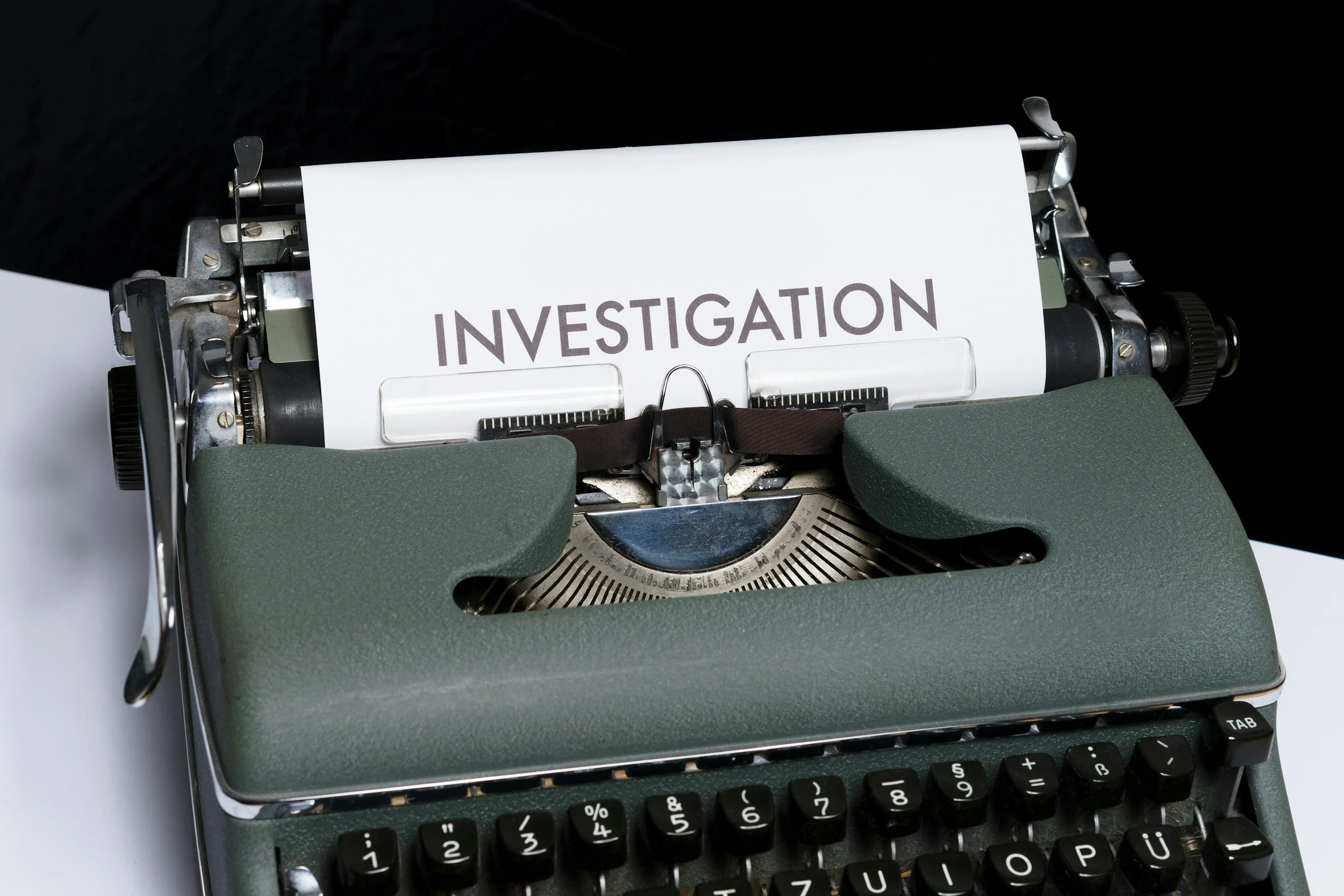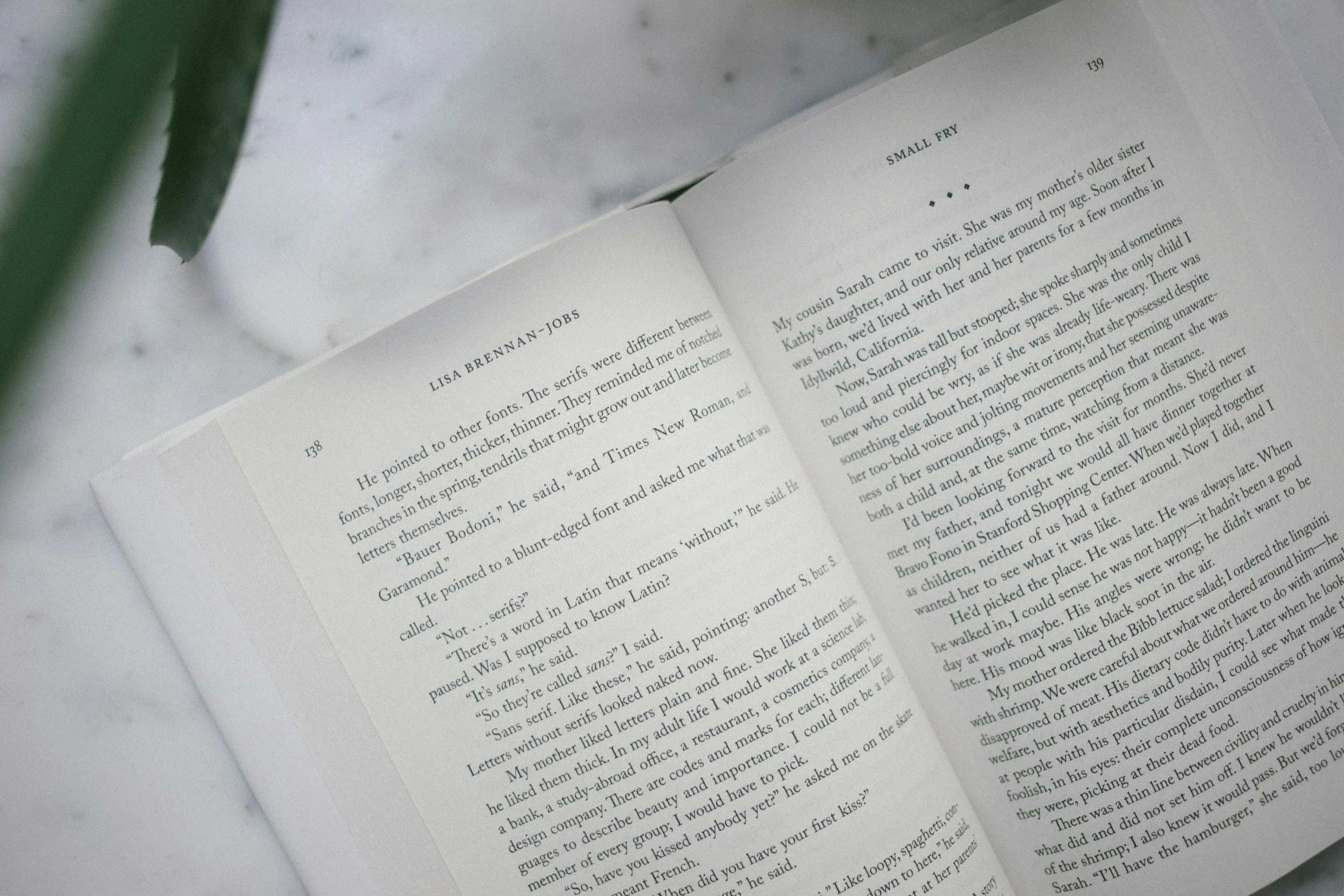Tips and Inspiration to
Guide Your Writing Journey
Explore articles on storytelling, mindset, publishing, and more to support your writing journey. Browse the blog posts below or choose a category to dive deeper.

The Book Revision Process: A Step-by-Step Guide
Writing a book is an act of bravery. You pour words onto the page, shaping ideas into a story that feels both personal and alive. But once you’ve finished a draft, the real work begins—revision. This is where you transform a good draft into a compelling, polished manuscript that readers won’t be able to put down.

How to Host a Successful Book Launch
There’s something magical about holding your finished book for the first time. It is the result of countless hours of writing, revising, and trusting the process. Hosting these events wasn’t just about sales — it was about connection. When my book launched this month, I wanted to honor that journey with both a virtual and in-person event.

Writing Tips for First-Time Memoir Authors
Writing a memoir can feel both thrilling and terrifying. You’re not just telling a story — you’re telling your story. The stakes feel higher, the vulnerability more intense, and the pressure to “get it right” can be overwhelming. If you’re a first-time memoir author, here are practical tips to help you find your voice, create structure, and stay committed to the process.

How to Create a Cohesive Plot from Beginning to End
One of the most common challenges writers face is keeping their story from unraveling halfway through. You might have a strong opening scene and a clear idea of how you want the book to end—but somewhere in the middle, things get murky. Characters lose direction, plot points feel disconnected, and your once-shiny story idea starts to feel like a tangled mess.
The good news? Creating a cohesive plot from beginning to end is a skill you can learn.

My Journey to Publishing WRITE WITH INTENTION
I’m thrilled to share that my book, Write with Intention, is officially released! This project has been a labor of love, deeply aligned with the mission of Her Narrative: to guide authors and leaders to craft stories that inspire action and shape meaningful change. Today, I want to give you a behind-the-scenes look at why I wrote this book, my process, and who it’s for.

Crafting Believable Villains in Mysteries and Thrillers
When you think of your favorite mystery or thriller, chances are the villain isn’t just a shadowy figure lurking in the background. They’re complex, compelling, and in many ways just as fascinating as the protagonist. A great villain can make or break your story — they raise the stakes, drive the conflict, and keep readers turning pages late into the night.
But writing a believable villain is harder than it looks. Here’s how to create one who feels authentic, unpredictable, and unforgettable.

How to Find Your Ideal Editor
If you’re an author—or aspiring author—one of the most powerful tools you can build for your writing career is an email newsletter. Social media algorithms come and go, but your email list is yours. It’s a direct line to your readers, free from outside control, and a way to build genuine connection over time.
But how do you actually start? Here’s a step-by-step guide to launching a newsletter that supports both your writing journey and your future author brand.

How to Start a Newsletter for Your Writing Journey (Author Brand)
If you’re an author—or aspiring author—one of the most powerful tools you can build for your writing career is an email newsletter. Social media algorithms come and go, but your email list is yours. It’s a direct line to your readers, free from outside control, and a way to build genuine connection over time.
But how do you actually start? Here’s a step-by-step guide to launching a newsletter that supports both your writing journey and your future author brand.

How to Identify and Create an Inciting Incident in Your Novel
If you’ve ever been hooked by the very first twist in a novel—the moment everything changes for the main character—you’ve experienced an inciting incident. This is the event that catapults your character out of their ordinary world and into the main conflict of the story. Without it, there’s no story—just a character going about their life with no reason to change.

Irony: What It Is and How to Incorporate It Into Your Writing
Irony is one of the most powerful storytelling tools you can use to create depth, tension, and surprise in your work. Whether you’re writing fiction or nonfiction, irony can turn a straightforward moment into something layered and memorable. But it’s also one of the most misunderstood techniques—often mistaken for simple sarcasm or coincidence.

Top Tips for Writing Subplots
When you think of your favorite novels, chances are the main storyline isn’t the only thing that kept you turning pages. The secondary threads — those side stories that add texture, emotional depth, and complexity — are called subplots, and they can make the difference between a good story and a great one.

How to Know When Your Manuscript Is Ready for Submission
You’ve written, rewritten, and rewritten again. You’ve stared at your manuscript for so long that the words start to blur together. Now you’re asking yourself the big question: Is it ready?

When and How to Break Writing Rules
Writers are often told to “know the rules before you break them.” It’s good advice but it can also feel like a paradox. If writing is an act of creativity, why are there rules at all? And when is it okay to push against them?

How to Use Subtext to Add Depth to Your Story
When you think about storytelling, you might picture vivid descriptions, sharp dialogue, and memorable characters. But there’s another ingredient—often invisible to the reader—that gives a story its richness: subtext.

How to Make Dialogue Realistic
When dialogue works, it feels effortless—like you’re eavesdropping on a real conversation. When it doesn’t, it can pull a reader right out of your story.
The trick to writing realistic dialogue isn’t about perfectly replicating how people talk in real life. In fact, real-life conversation is full of filler words, tangents, and half-formed thoughts that would make for a very dull page.
Why Beta Readers Are Crucial to Your Writing Process
You’ve poured your heart into writing your book. You’ve revised, edited, and maybe even second-guessed every sentence. But before you hit “publish” or send your manuscript off to an agent, there’s one more critical step that can elevate your story from good to unforgettable: beta readers. But what is a beta reader?

DIY Writing Retreat: How to Create One
Sometimes, the best way to make meaningful progress on your writing is to step away from the noise of everyday life. You don’t need to wait for the perfect time, a big budget, or a formal invitation to a writing residency. You can create your own DIY writing retreat, tailored exactly to your needs.
Whether you're working on a first draft, deep in revisions, or simply craving space to reconnect with your voice, a solo writing retreat can be the reset button you didn’t know you needed. Here’s how to create one that supports your creative flow.

Mystery Writing for Beginners: Tips to Get Started
There’s something undeniably thrilling about a good mystery. The twists, the secrets, the unraveling of a puzzle one clue at a time—it’s a genre that pulls both readers and writers into its grip. If you're a writer who loves suspense, unexpected turns, or simply enjoys asking what if, mystery might be your genre.
Whether you're dreaming up a cozy small-town whodunit or a psychological thriller with dark secrets, here are a few foundational tips to help you get started writing your own mystery novel.

Writing in Multiple POVs: Do’s and Don’ts
Choosing to write a book from multiple points of view (POVs) can be both a creative thrill and a structural challenge. When done well, it can deepen the reader’s experience, expand the story’s emotional range, and offer nuanced perspectives that a single narrator can’t provide. But writing in multiple POVs requires clarity, precision, and thoughtful intention—otherwise, your story may feel fragmented, confusing, or emotionally disconnected.

How to Write a Compelling Book Synopsis
Why does it feel like the hardest part to writing a book is distilling it into a few paragraphs that grabs attention and sparks curiosity? That’s the role of a book synopsis. A compelling synopsis isn’t just a summary of your story—it’s a carefully crafted piece of writing designed to hook agents, editors, or readers and make them want to dive into the full manuscript.
